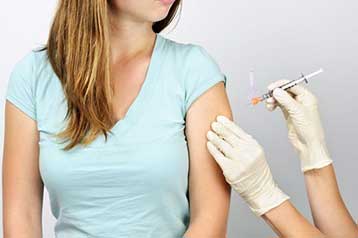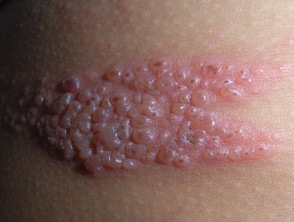Bullying
Bullying is a form of youth violence. Although definitions of bullying vary, most agree that bullying includes: 1
• Attack or intimidation with the intention to cause fear, distress, or harm;
• A real or perceived imbalance of power between the bully and the victim; and
• Repeated attacks or intimidation between the same children over time.
Bullying can include aggression that is physical (hitting, tripping), verbal (name calling, teasing), or psychological/social (spreading rumors, leaving out of group).
Bullying can also occur through technology and is called electronic aggression or cyberbullying. Electronic aggression is bullying that occurs through e-mail, a chat room, instant messaging, a website, text messaging, or videos or pictures posted on websites or sent through cell phones.2
A young person can be a bully, a victim, or both (bully-victim).
Why is bullying a public health problem?
Bullying is widespread in the United States.
• In a 2011 nationwide survey, 20% of high school students reported being bullied on school property in the 12 months preceding the survey.3
• An estimated 16% of high school students reported in 2011 that they were bullied electronically in the 12 months before the survey.3
• During the 2009-2010 school year, 23% of public schools reported that bullying occurred among students on a daily or weekly basis. A higher percentage of middle school students reported being bullying than high school students.4
How does bullying affect health?
Bullying can result in physical injury, social and emotional distress, and even death. Victimized youth are at increased risk for depression, anxiety, sleep difficulties, and poor school adjustment.
Youth who bully others are at increased risk for substance use, academic problems, and violence later in adolescence and adulthood. Compared to youth who only bully, or who are only victims, bully-victims suffer the most serious consequences and are at greater risk for both mental health and behavior problems.5
Who is at risk for bullying?
A number of factors can increase the risk of a youth engaging in or experiencing bullying.5 However, the presence of these factors does not always mean that a young person will become a bully or a victim.
Some of the factors associated with a higher likelihood of engaging in bullying behavior include:
• Impulsivity (poor self-control)
• Harsh parenting by caregivers
• Attitudes accepting of violence
Some of the factors associated with a higher likelihood of victimization include:
• Friendship difficulties
• Poor self-esteem
• Perceived by peers as different or quiet
How can we prevent bullying?
The ultimate goal is to stop bullying before it starts. Research on preventing and addressing bullying is still developing. School-based bullying prevention programs are widely implemented, but infrequently evaluated. Based on a review of the limited research on school-based bullying prevention, the following program elements are promising:1
• Improving supervision of students
• Using school rules and behavior management techniques in the classroom and throughout the school to detect and address bullying by providing consequences for bullying
• Having a whole school anti-bullying policy, and enforcing that policy consistently
• Promoting cooperation among different professionals and between school staff and parents
CDC uses a four-step approach to address public health problems like bullying.
Step 1: Define and monitor the problem
Before we can prevent bullying, we need to know how big the problem is, where it is, and who it affects. CDC learns about a problem by gathering and studying data. These data are critical because they help us know where prevention is most needed.
Step 2: Identify risk and protective factors
It is not enough to know that bullying is affecting a certain group of people in a certain area. We also need to know why. CDC conducts and supports research to answer this question. We can then develop programs to reduce or get rid of risk factors and increase protective factors.
Step 3: Develop and test prevention strategies Using information gathered in research, CDC develops and tests strategies to prevent bullying
Step 4: Ensure widespread adoption
In this final step, CDC shares the best prevention strategies. CDC may also provide funding or technical help so communities can adopt these strategies.
Source
Centers for Disease Control and Prevention
Understanding Bullying
Geosalud January 15, 2015






